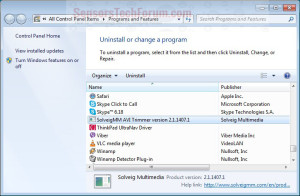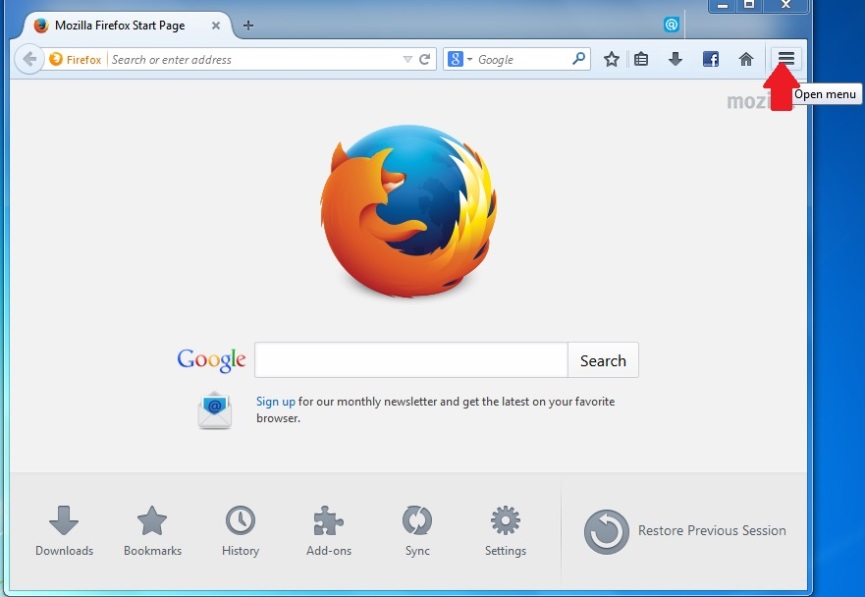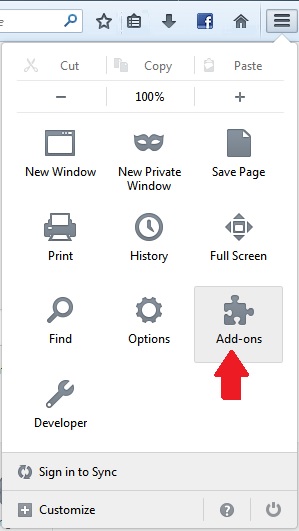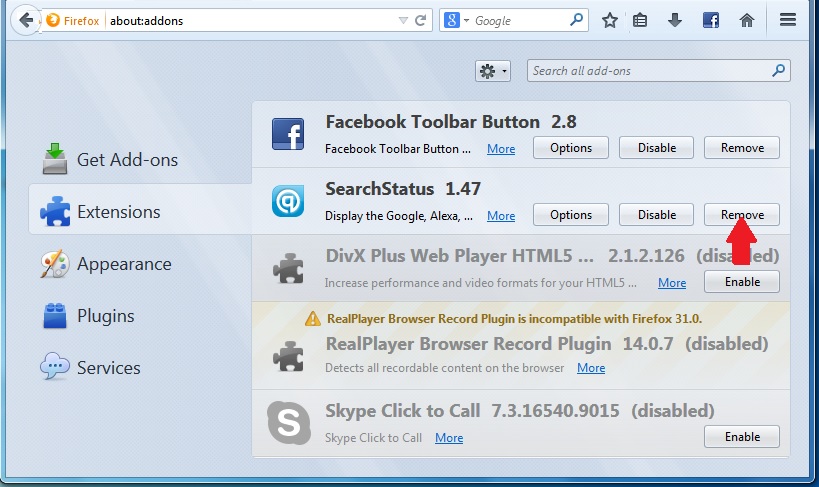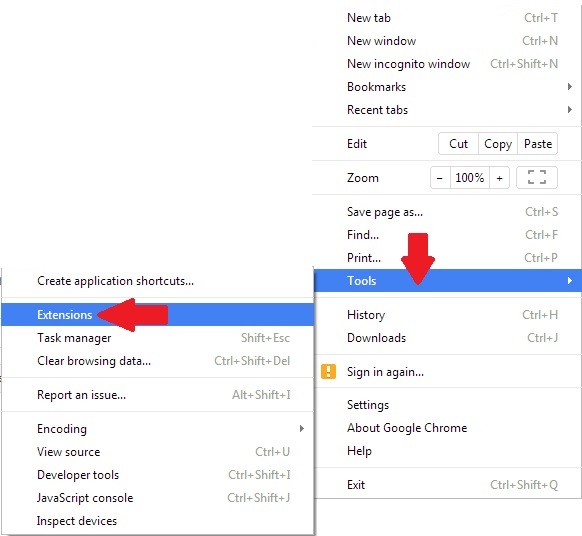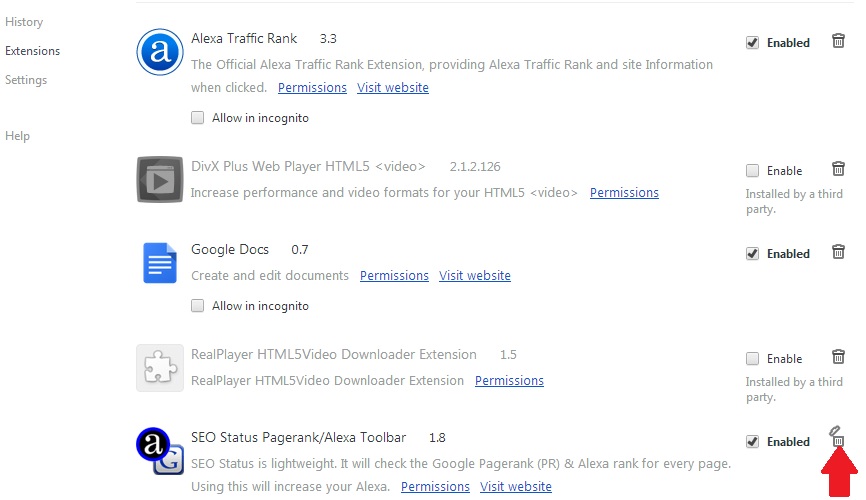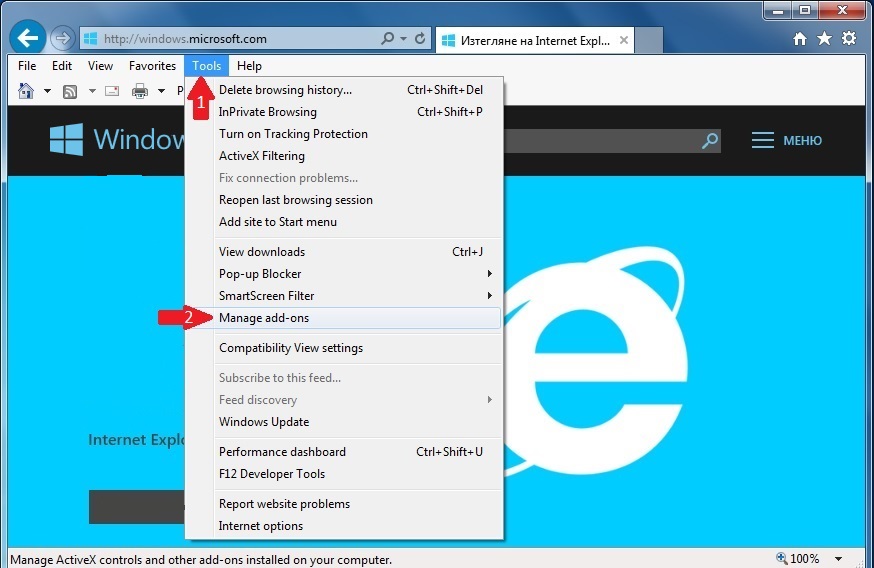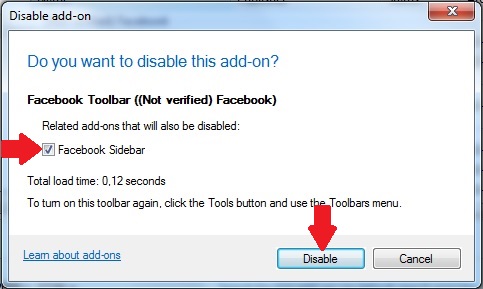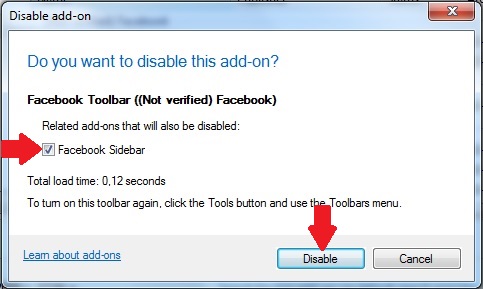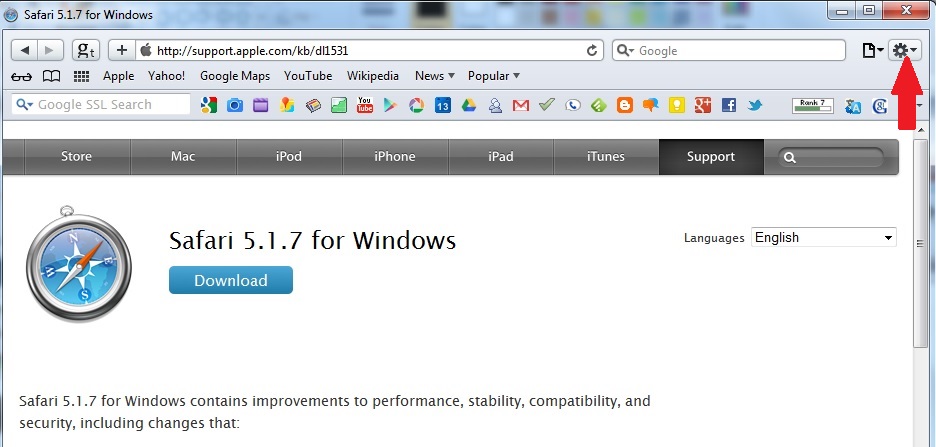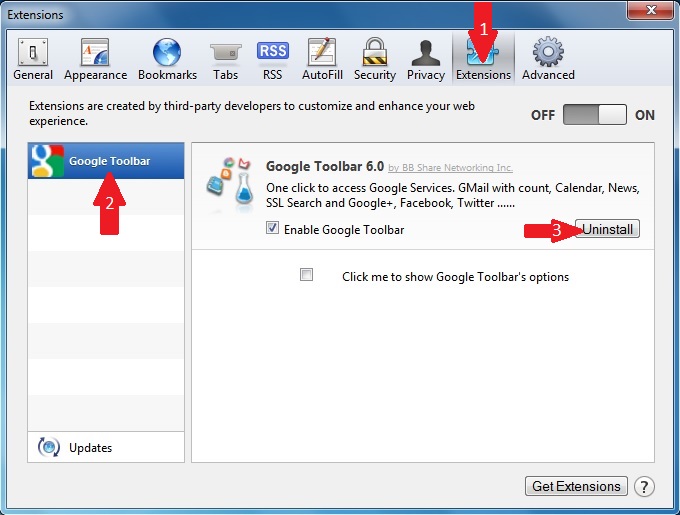| Name | SecureWebBHO |
| Type | Ad-supported application |
| Short Description | It may have sneaked into the system in a veiled manner. |
| Symptoms | Display of advertisements, aggressive hyperlinks, registry changes. |
| Distribution Method | Via freeware packages (bundling), compromised pages, unsafe browsing. |
| Detection tool | Download SpyHunter, to See If Your System Has Been Affected By SecureWebBHO |
Jelbrus LLC is a Russian software company located in Moscow. The developers are known primarily as a distributor of adware applications. Security research shows that an add-on by Jelbrus LLC called SecureWebBHO may be causing trouble on Mozilla Firefox and possibly Internet Explorer. The extension may not be located in the list of current add-ons and can be quite persistent in the attempts to be tracked and remove. The add-on may keep reoccurring even after affected browsers are re-installed.
SecureWebBHO by Jelbrus LLC Technical Details
To be more precise, the add-on is most likely removed easily from IE 11 and other versions. However, the problem turns out to be persistent on Mozilla Firefox. One of the affected browser versions is Firefox 33.03.
Our research indicates that SecureWebBHO may have been triggered by visiting a corrupted website. Malware can corrupt even legitimate websites. There are many cases of legitimate and often popular pages leveraged by malware. To define and remove the problematic BHO, users should rely on professional assistance.
The BHO may have been installed by a Potentially Unwanted Program (PUP), and it may have initiated registry errors. Its complete uninstallation may turn out to be a challenging task. Reports illustrate that SecureWebBHO is persistent and may cause numerous annoying issues such as:
- The constant display of advertisements and pop-up windows.
- Pop-ups indicating that the Java version needs to be updated.
- Other pop-ups suggesting that a software update (Adobe, Flash) needs to be installed.
- Random texts on the pages the user is visiting may be turned into hyperlinks.
It is easy to conclude that interacting with any of the displayed content may impose greater security issues on the system. For starters:
- The system may be flooded with more PUPs and adware.
- Malware can also infiltrate the PC, as a consequence of clicking on a random pop-up and being redirected to an attacker page.
- The user’s personal details may be obtained as well, including his banking credentials, credit card number, etc.
Shortly said, the outcomes of having riskware running on the system can vary in accordance with the malicious intentions of cyber criminals. Do they want to steal your money, do they wish to obtain information from you, or do they want to spread malware? In all circumstances, be alert because numerous adware programs have been associated with malicious software attacks.
You can also which is the most secure browser for 2015.
SecureWebBHO Removal Steps
As we already discussed in the article, SecureWebBHO can be persistent to removal and may keep in reoccurring. The problem may be rooted from a compromised page the user has visited or is visiting on a regular basis. Scanning the system is a crucial step towards determining the problem and dealing with it. However, keep in mind that every ‘infection’ is unique due to several factors.
-
Is there malware on the system?
Is the system protected by an anti-malware solution?
Is the AV program frequently updated?
How safe are my browsing habits?
Have I recently installed freeware (file converters, media players, etc.)?
Users affected by SecureWebBHO and similar application may want to answer the listed questions and revise their user behavior.
We have provided a removal manual for adware, but we cannot guarantee that it will be equally effective for all affected users.

Spy Hunter scanner will only detect the threat. If you want the threat to be automatically removed, you need to purchase the full version of the anti-malware tool.Find Out More About SpyHunter Anti-Malware Tool / How to Uninstall SpyHunter
- Windows
- Mac OS X
- Google Chrome
- Mozilla Firefox
- Microsoft Edge
- Safari
- Internet Explorer
- Stop Push Pop-ups
How to Remove SecureWebBHO from Windows.
Step 1: Scan for SecureWebBHO with SpyHunter Anti-Malware Tool
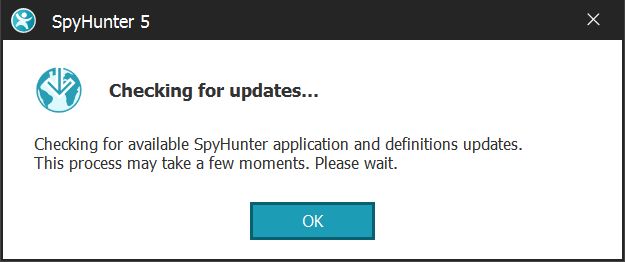
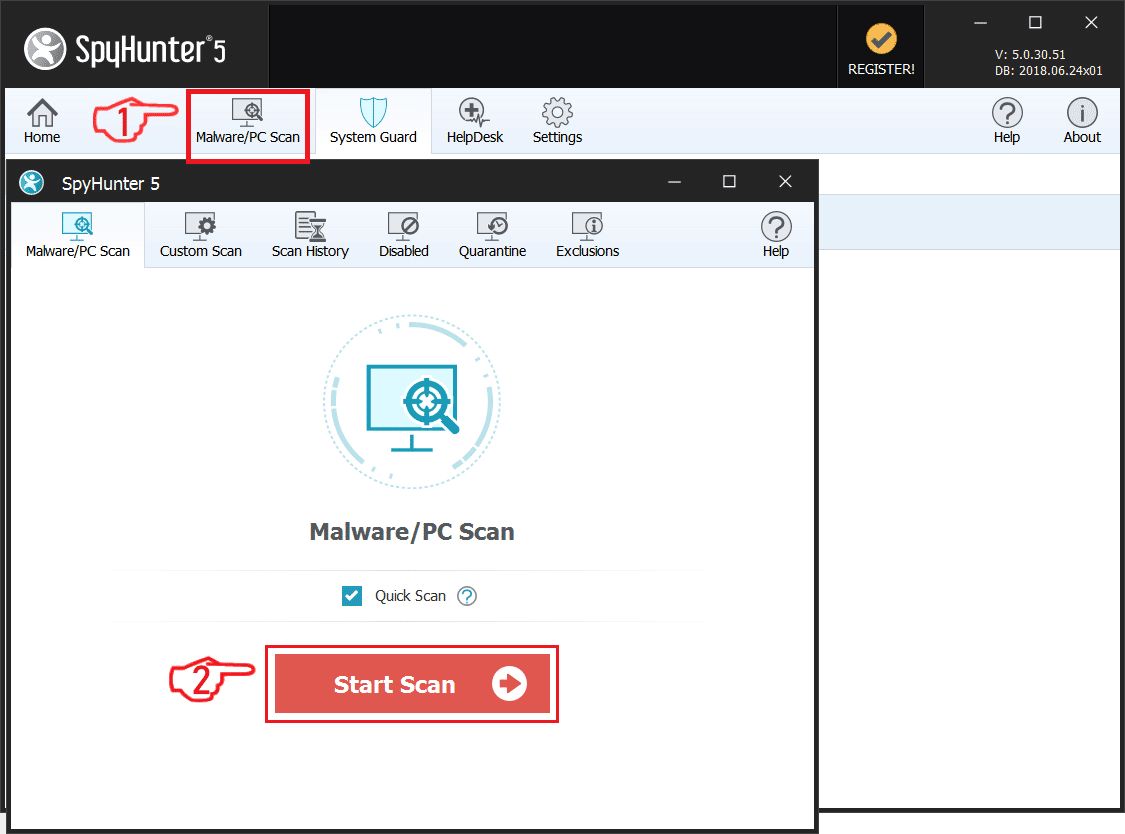
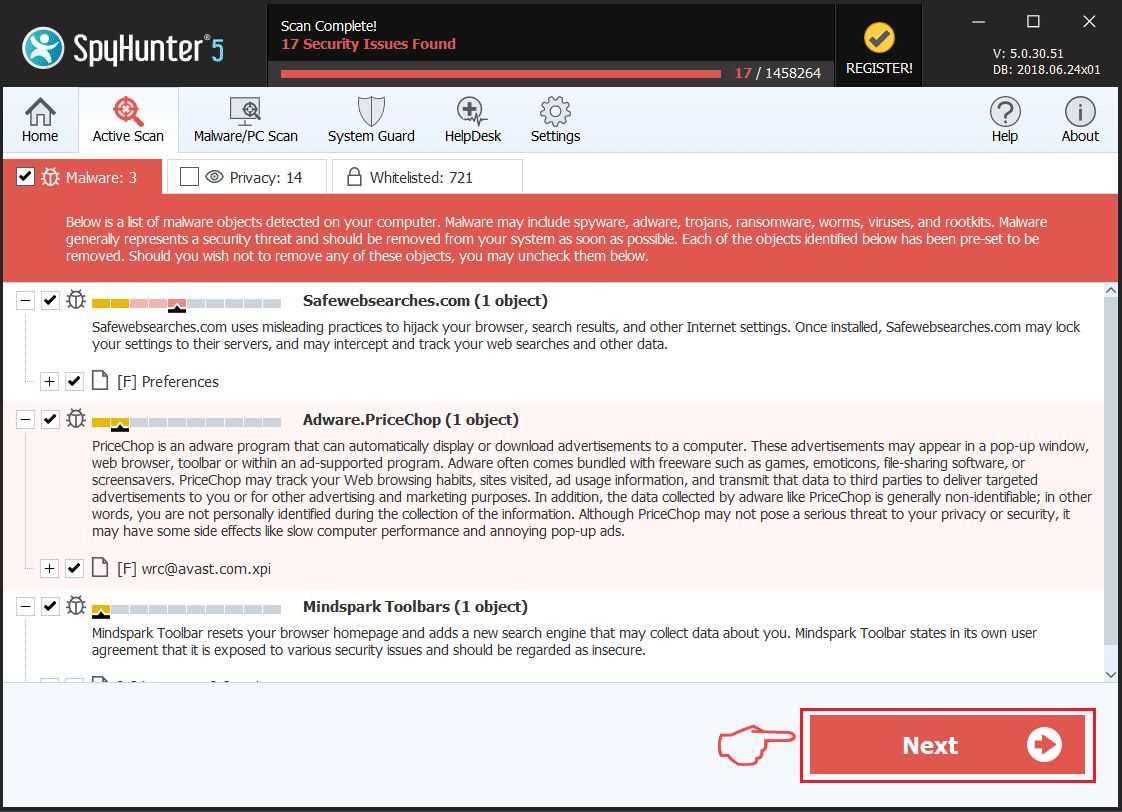
Step 2: Boot Your PC In Safe Mode

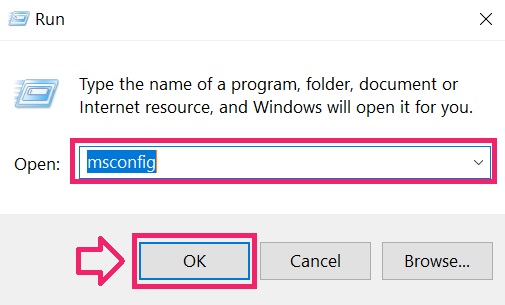
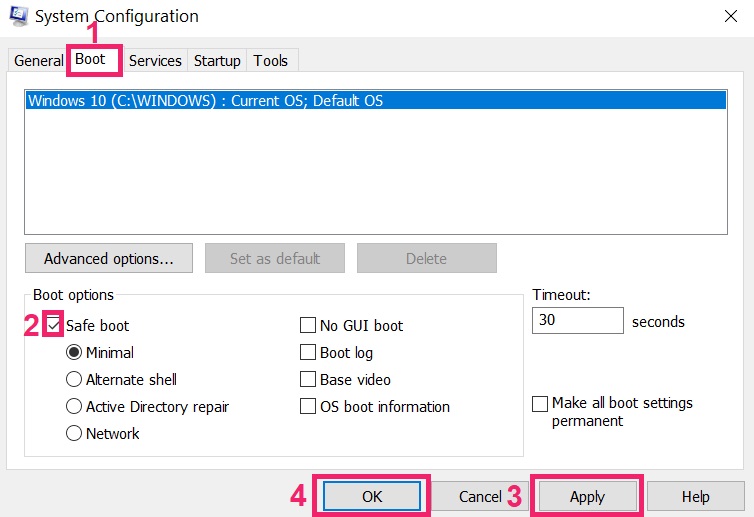
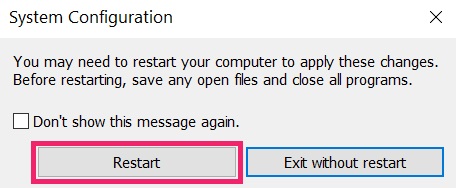
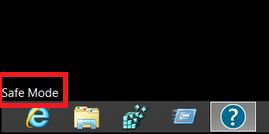
Step 3: Uninstall SecureWebBHO and related software from Windows
Uninstall Steps for Windows 11
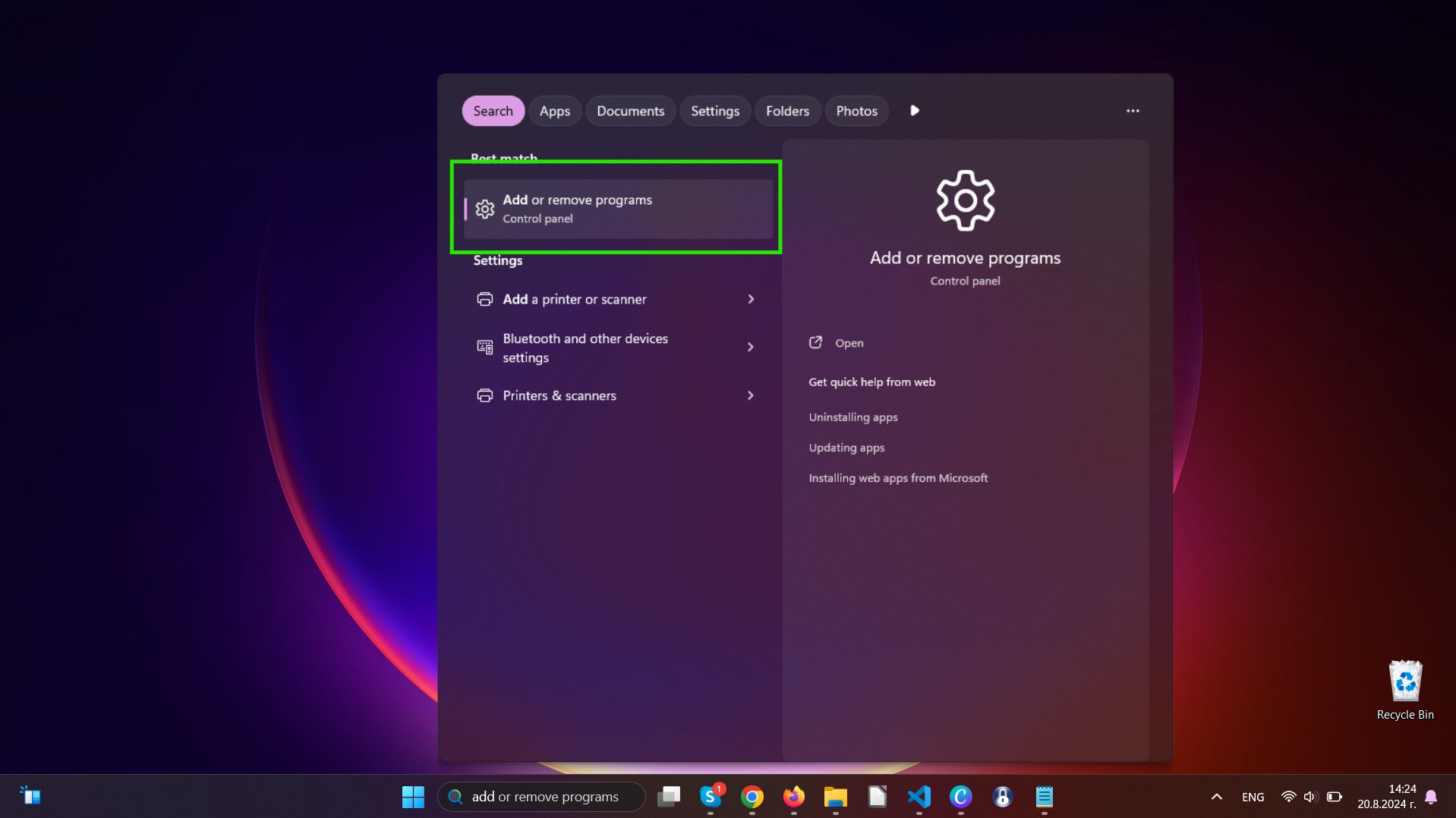
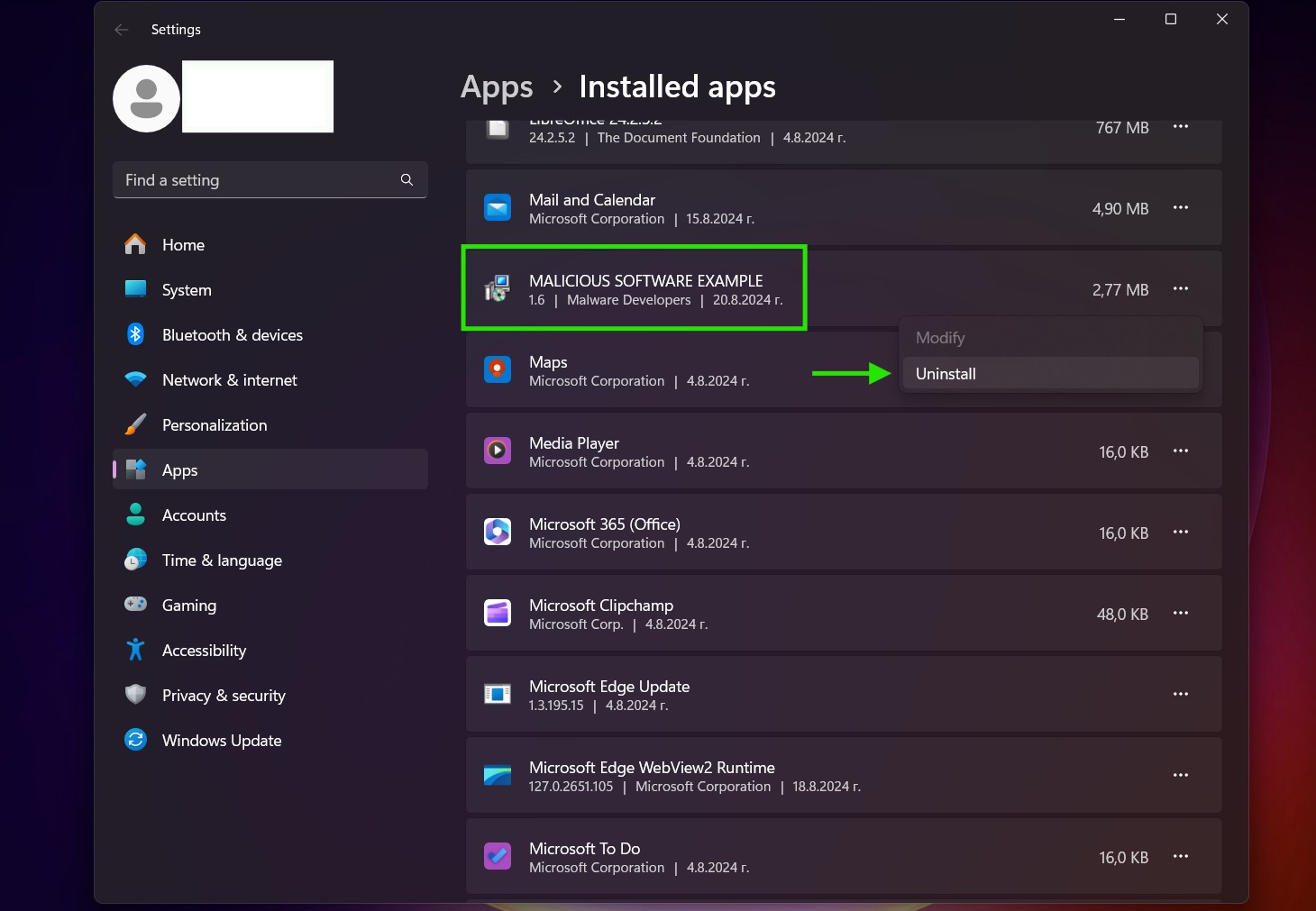
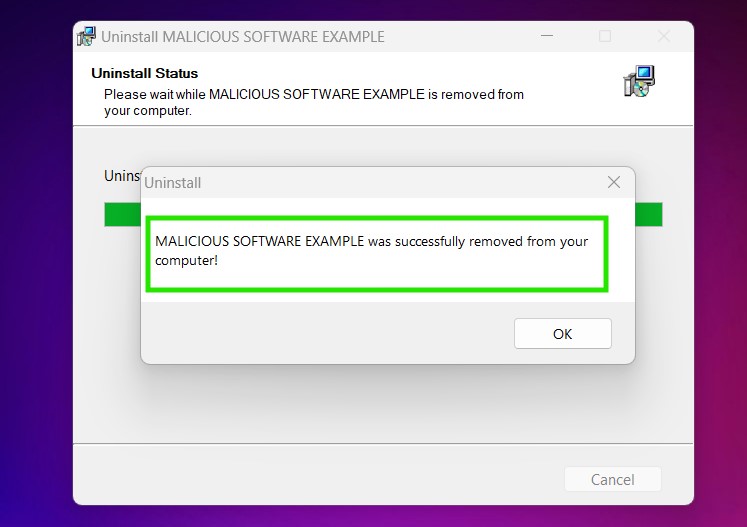
Uninstall Steps for Windows 10 and Older Versions
Here is a method in few easy steps that should be able to uninstall most programs. No matter if you are using Windows 10, 8, 7, Vista or XP, those steps will get the job done. Dragging the program or its folder to the recycle bin can be a very bad decision. If you do that, bits and pieces of the program are left behind, and that can lead to unstable work of your PC, errors with the file type associations and other unpleasant activities. The proper way to get a program off your computer is to Uninstall it. To do that:

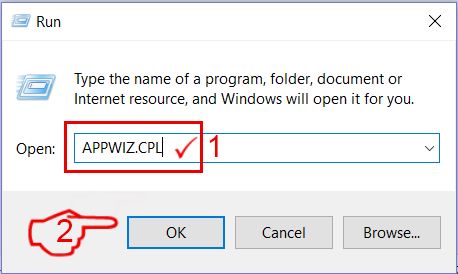
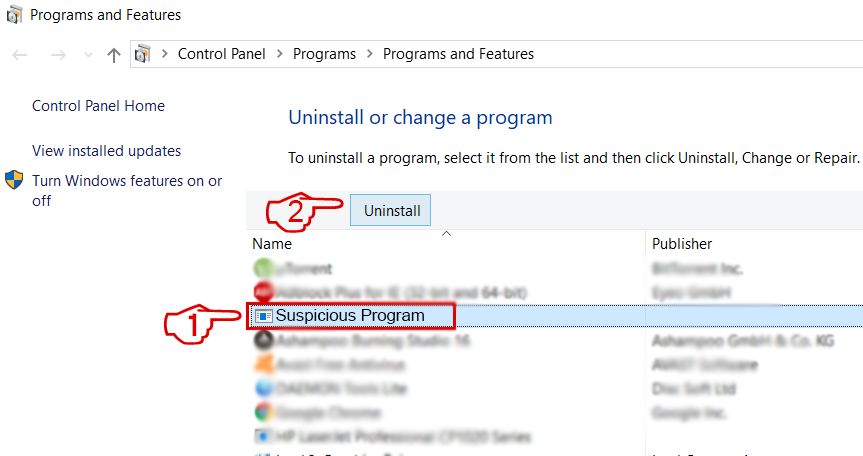 Follow the instructions above and you will successfully uninstall most programs.
Follow the instructions above and you will successfully uninstall most programs.
Step 4: Clean Any registries, Created by SecureWebBHO on Your PC.
The usually targeted registries of Windows machines are the following:
- HKEY_LOCAL_MACHINE\Software\Microsoft\Windows\CurrentVersion\Run
- HKEY_CURRENT_USER\Software\Microsoft\Windows\CurrentVersion\Run
- HKEY_LOCAL_MACHINE\Software\Microsoft\Windows\CurrentVersion\RunOnce
- HKEY_CURRENT_USER\Software\Microsoft\Windows\CurrentVersion\RunOnce
You can access them by opening the Windows registry editor and deleting any values, created by SecureWebBHO there. This can happen by following the steps underneath:
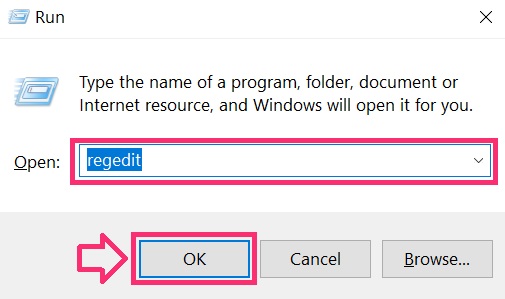

 Tip: To find a virus-created value, you can right-click on it and click "Modify" to see which file it is set to run. If this is the virus file location, remove the value.
Tip: To find a virus-created value, you can right-click on it and click "Modify" to see which file it is set to run. If this is the virus file location, remove the value.
Video Removal Guide for SecureWebBHO (Windows).
Get rid of SecureWebBHO from Mac OS X.
Step 1: Uninstall SecureWebBHO and remove related files and objects
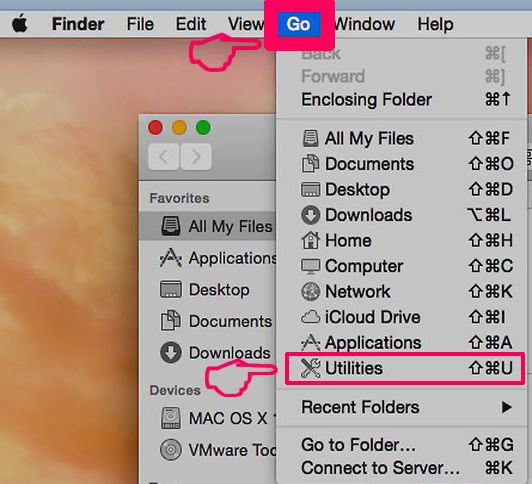
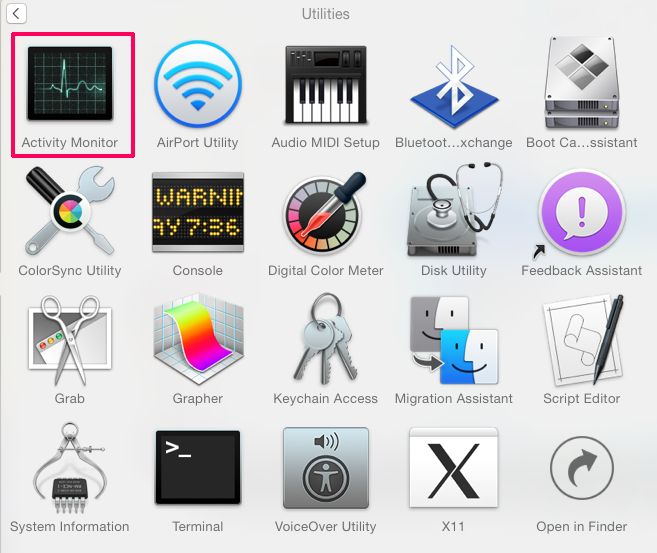
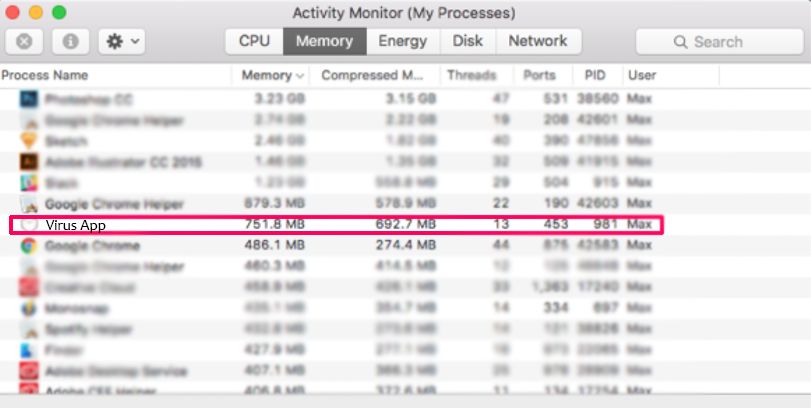
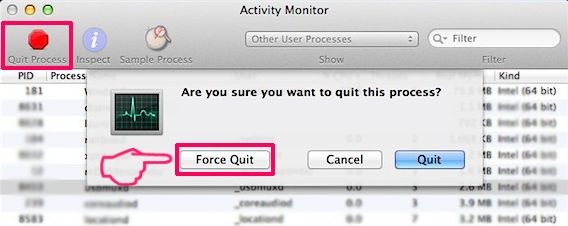
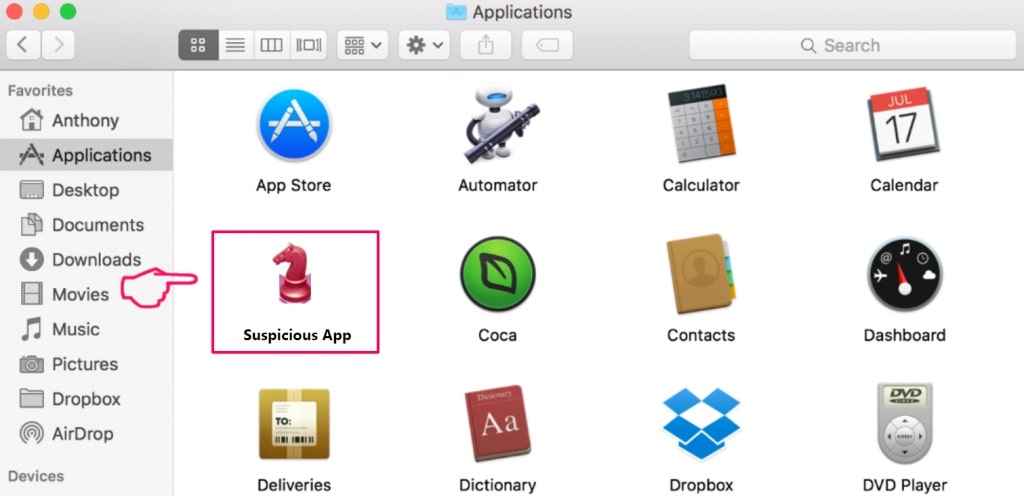
Your Mac will then show you a list of items that start automatically when you log in. Look for any suspicious apps identical or similar to SecureWebBHO. Check the app you want to stop from running automatically and then select on the Minus (“-“) icon to hide it.
- Go to Finder.
- In the search bar type the name of the app that you want to remove.
- Above the search bar change the two drop down menus to “System Files” and “Are Included” so that you can see all of the files associated with the application you want to remove. Bear in mind that some of the files may not be related to the app so be very careful which files you delete.
- If all of the files are related, hold the ⌘+A buttons to select them and then drive them to “Trash”.
In case you cannot remove SecureWebBHO via Step 1 above:
In case you cannot find the virus files and objects in your Applications or other places we have shown above, you can manually look for them in the Libraries of your Mac. But before doing this, please read the disclaimer below:
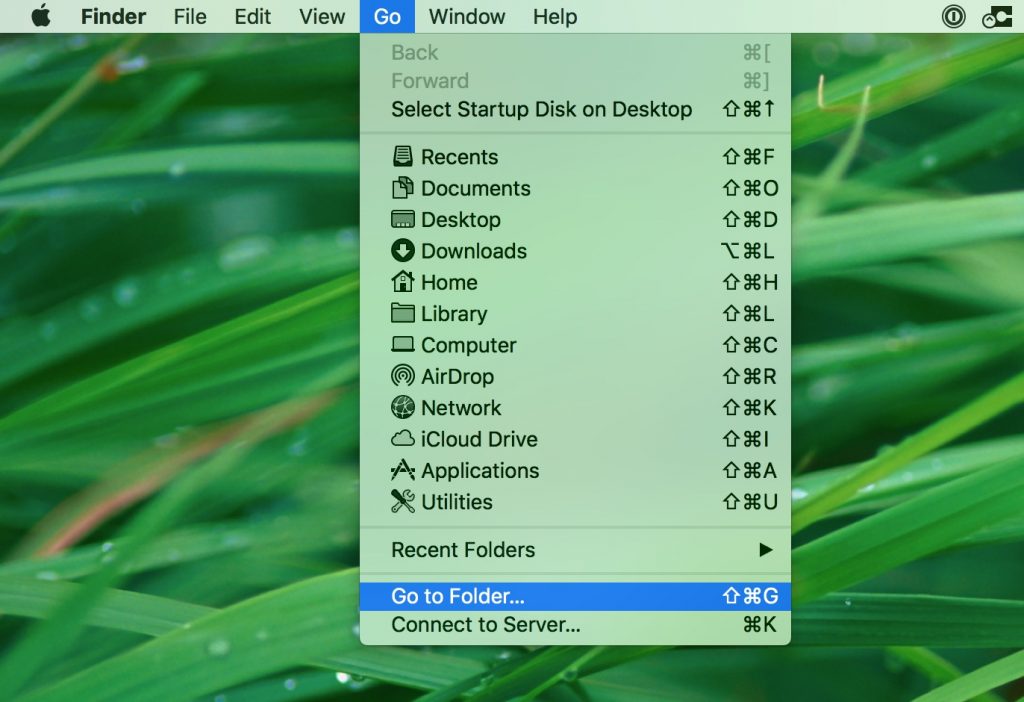
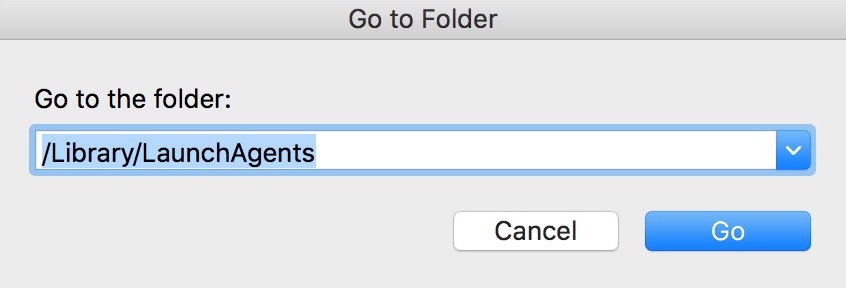
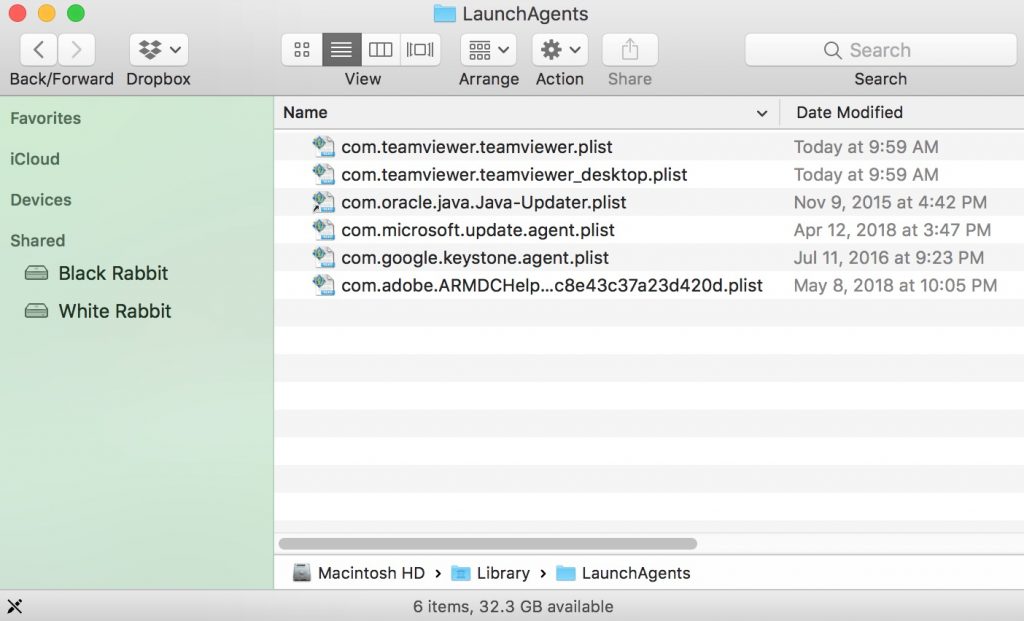
You can repeat the same procedure with the following other Library directories:
→ ~/Library/LaunchAgents
/Library/LaunchDaemons
Tip: ~ is there on purpose, because it leads to more LaunchAgents.
Step 2: Scan for and remove SecureWebBHO files from your Mac
When you are facing problems on your Mac as a result of unwanted scripts and programs such as SecureWebBHO, the recommended way of eliminating the threat is by using an anti-malware program. SpyHunter for Mac offers advanced security features along with other modules that will improve your Mac’s security and protect it in the future.
Video Removal Guide for SecureWebBHO (Mac)
Remove SecureWebBHO from Google Chrome.
Step 1: Start Google Chrome and open the drop menu
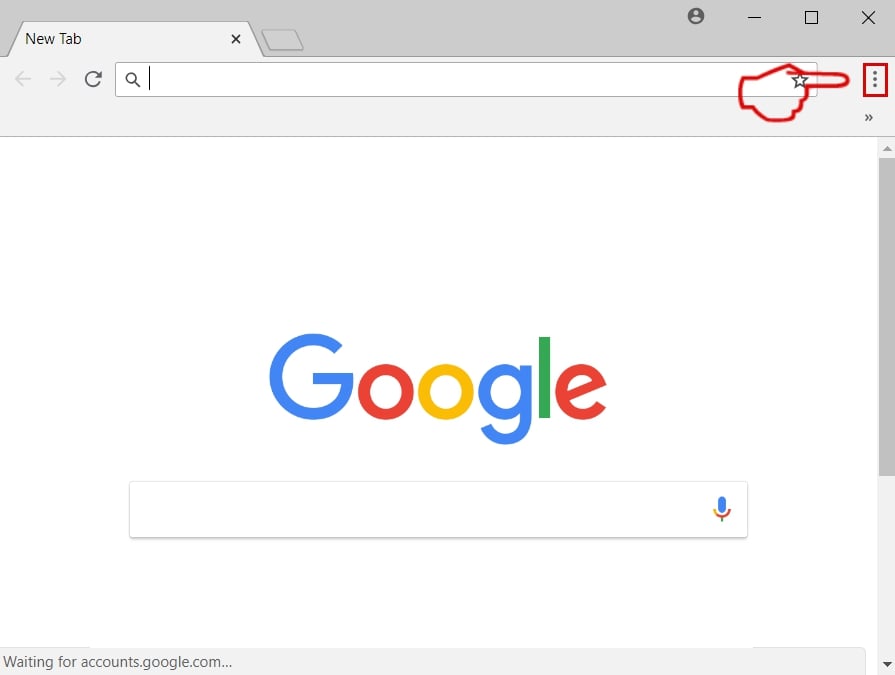
Step 2: Move the cursor over "Tools" and then from the extended menu choose "Extensions"
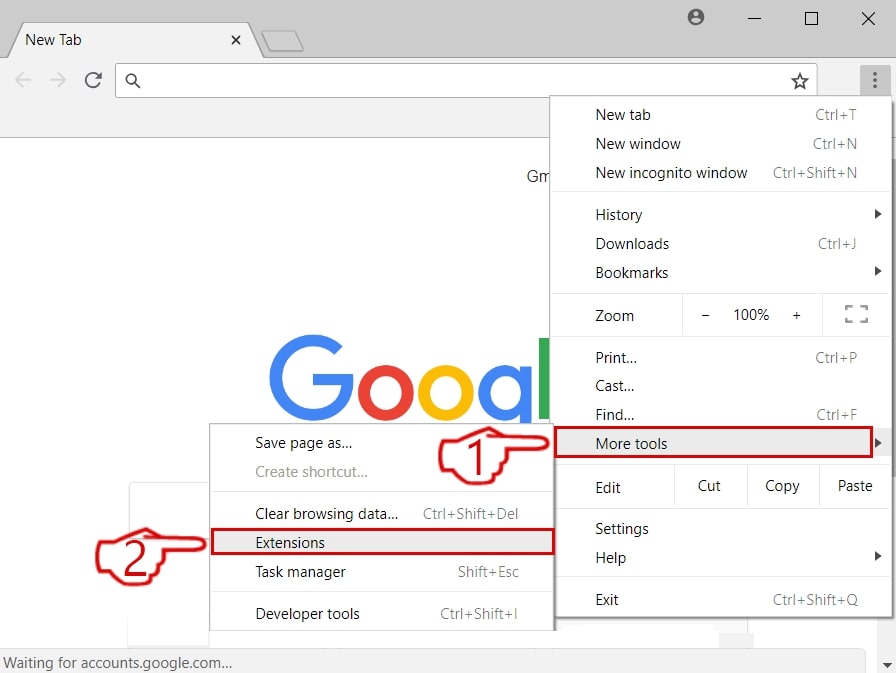
Step 3: From the opened "Extensions" menu locate the unwanted extension and click on its "Remove" button.
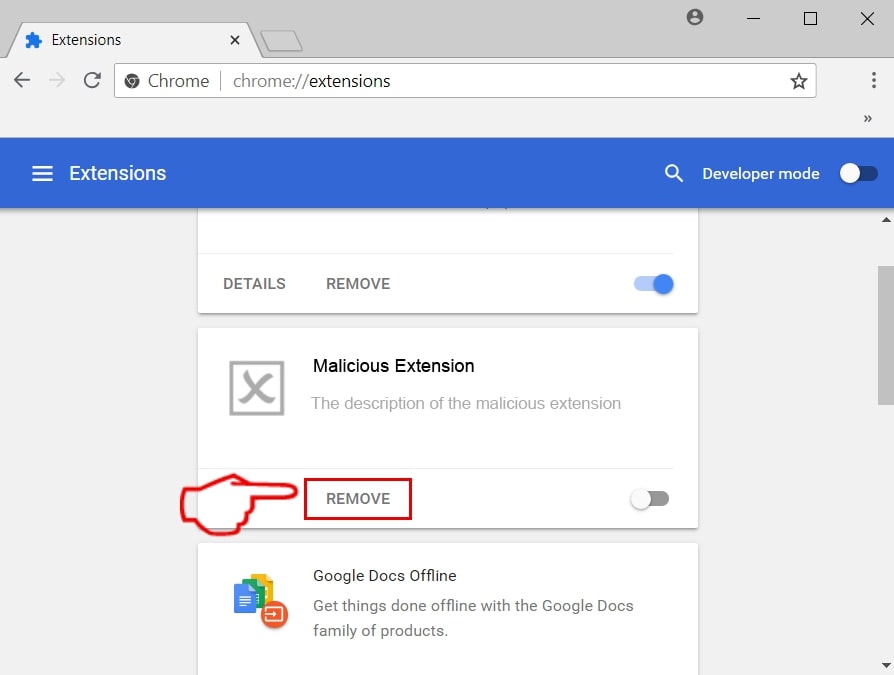
Step 4: After the extension is removed, restart Google Chrome by closing it from the red "X" button at the top right corner and start it again.
Erase SecureWebBHO from Mozilla Firefox.
Step 1: Start Mozilla Firefox. Open the menu window:
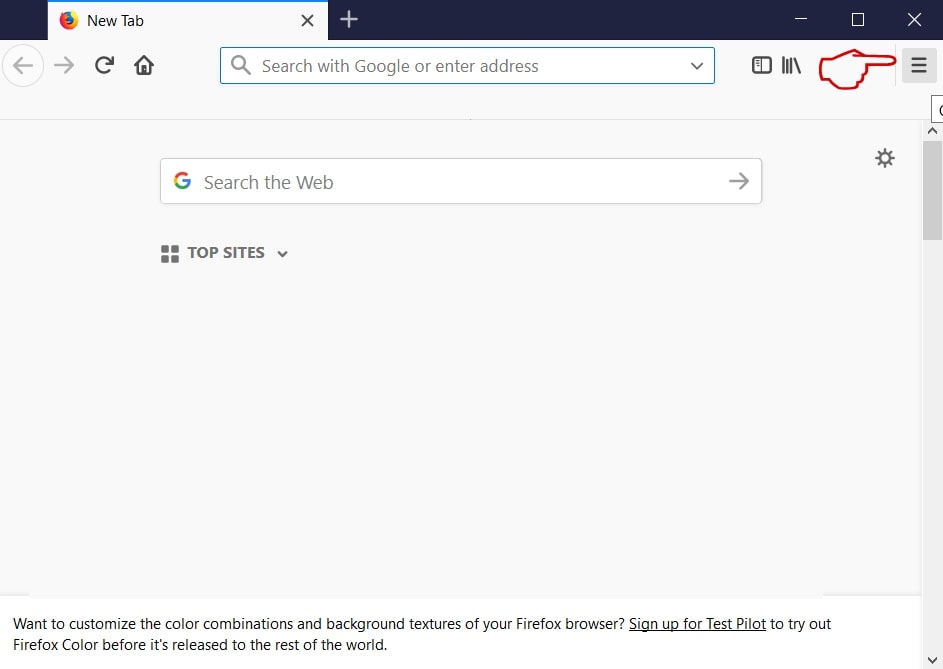
Step 2: Select the "Add-ons" icon from the menu.
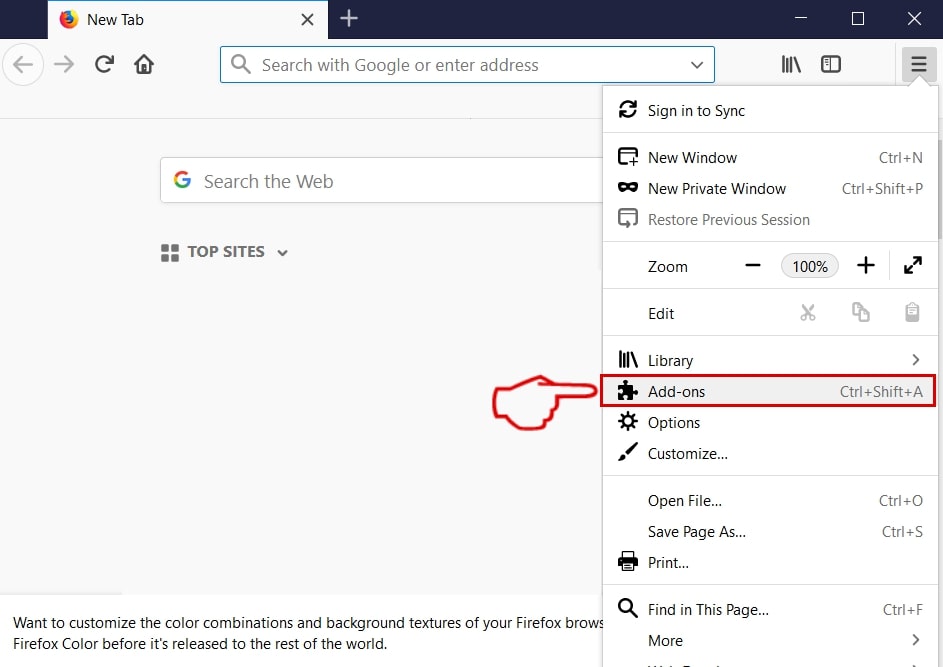
Step 3: Select the unwanted extension and click "Remove"

Step 4: After the extension is removed, restart Mozilla Firefox by closing it from the red "X" button at the top right corner and start it again.
Uninstall SecureWebBHO from Microsoft Edge.
Step 1: Start Edge browser.
Step 2: Open the drop menu by clicking on the icon at the top right corner.
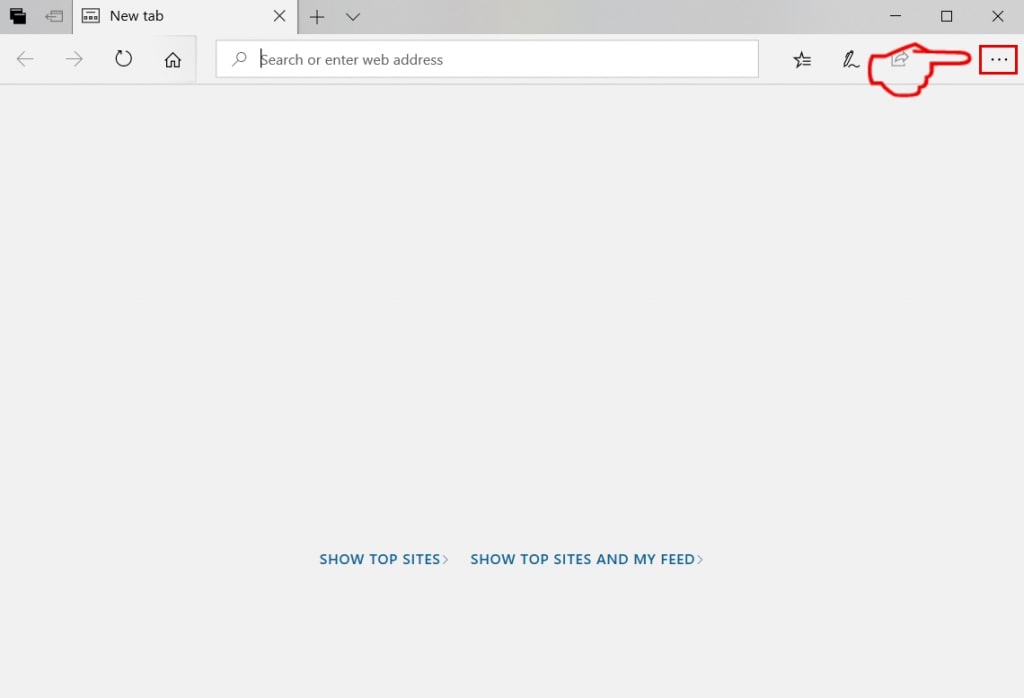
Step 3: From the drop menu select "Extensions".
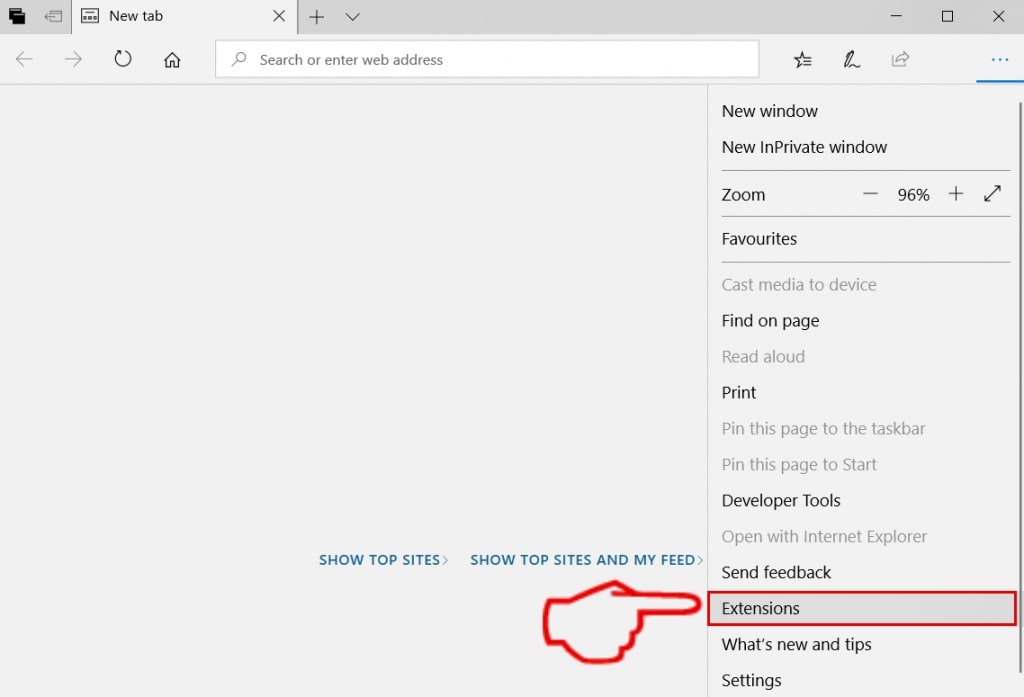
Step 4: Choose the suspected malicious extension you want to remove and then click on the gear icon.
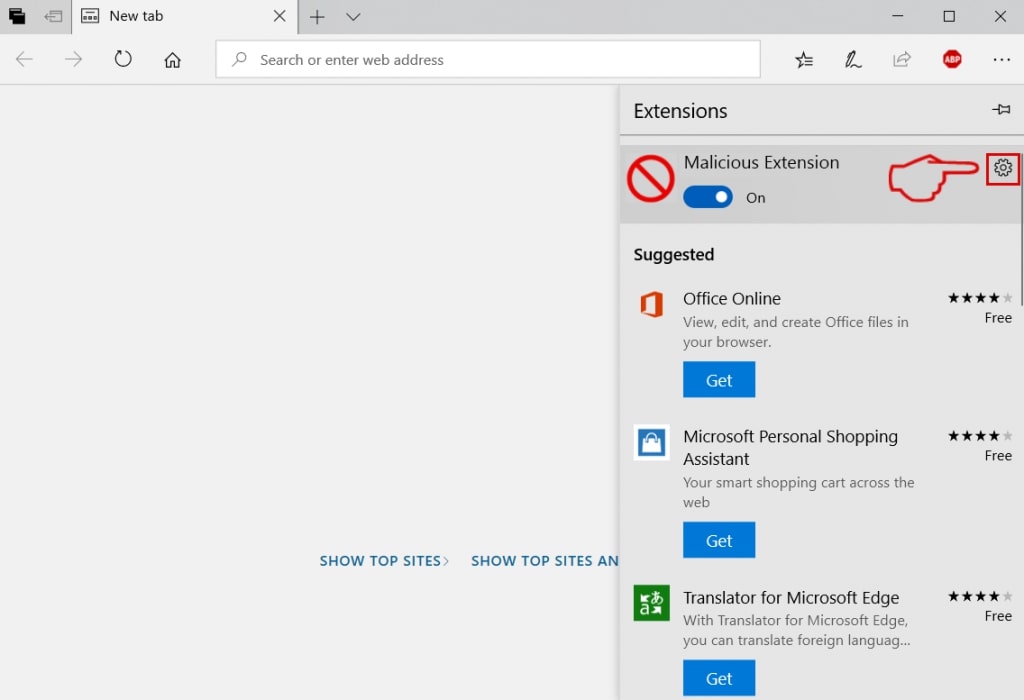
Step 5: Remove the malicious extension by scrolling down and then clicking on Uninstall.
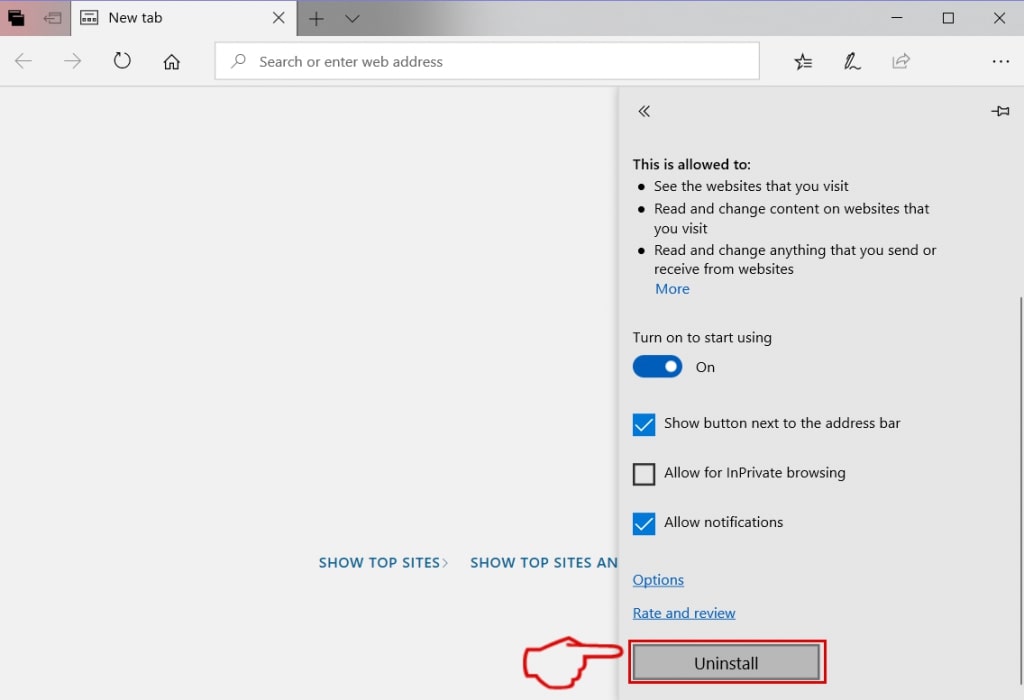
Remove SecureWebBHO from Safari
Step 1: Start the Safari app.
Step 2: After hovering your mouse cursor to the top of the screen, click on the Safari text to open its drop down menu.
Step 3: From the menu, click on "Preferences".
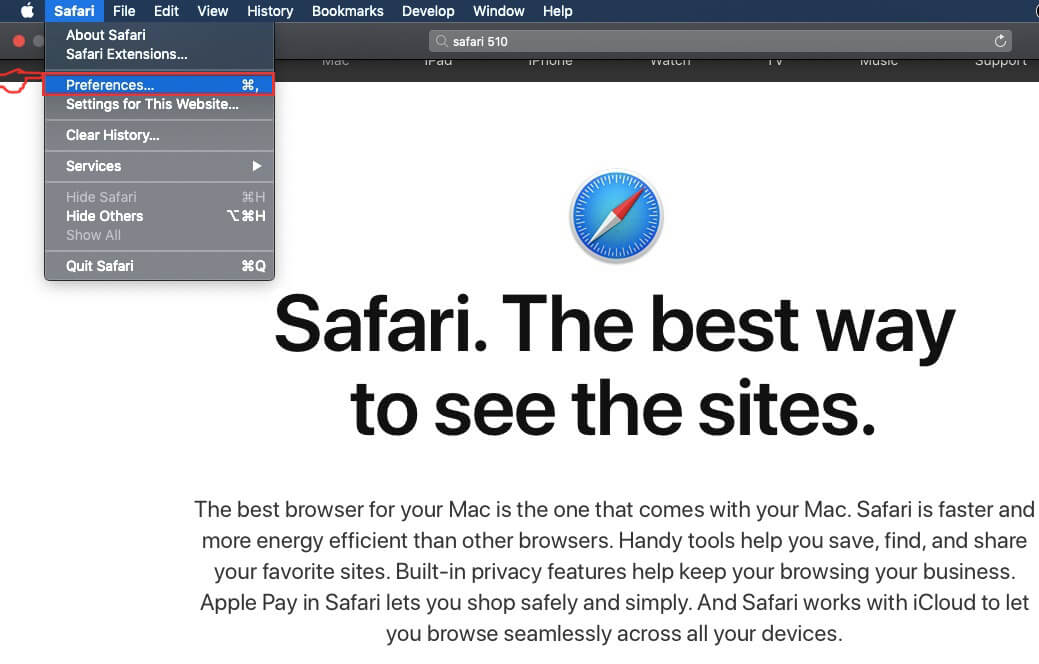
Step 4: After that, select the 'Extensions' Tab.

Step 5: Click once on the extension you want to remove.
Step 6: Click 'Uninstall'.
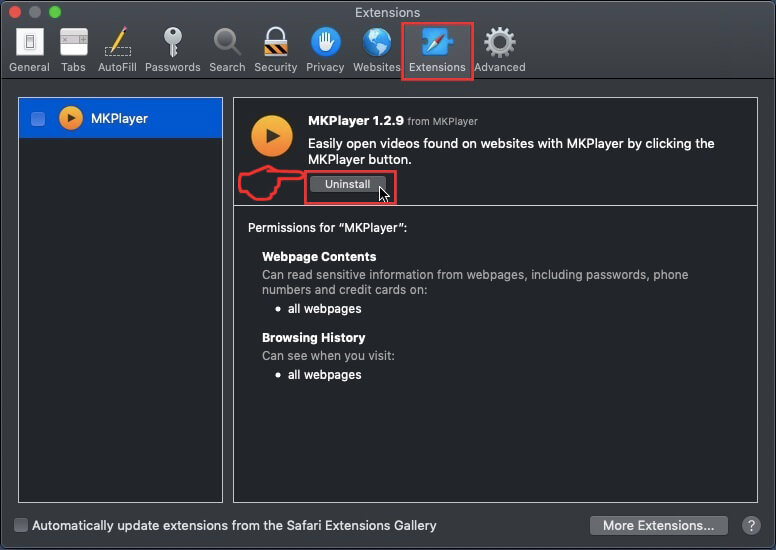
A pop-up window will appear asking for confirmation to uninstall the extension. Select 'Uninstall' again, and the SecureWebBHO will be removed.
Eliminate SecureWebBHO from Internet Explorer.
Step 1: Start Internet Explorer.
Step 2: Click on the gear icon labeled 'Tools' to open the drop menu and select 'Manage Add-ons'
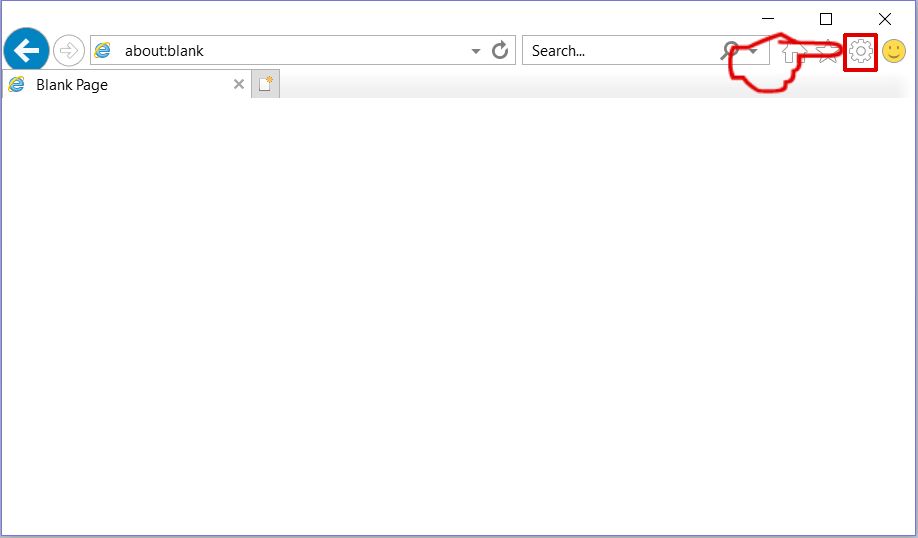
Step 3: In the 'Manage Add-ons' window.
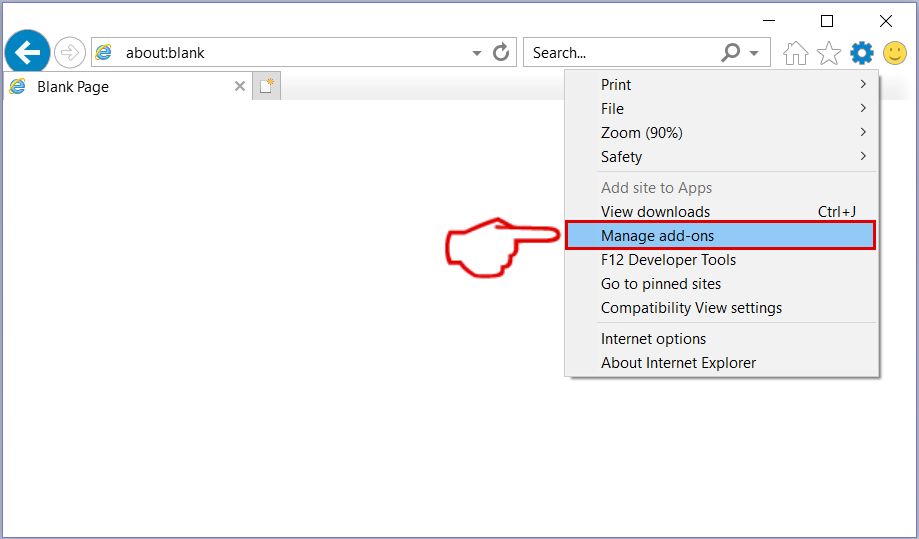
Step 4: Select the extension you want to remove and then click 'Disable'. A pop-up window will appear to inform you that you are about to disable the selected extension, and some more add-ons might be disabled as well. Leave all the boxes checked, and click 'Disable'.
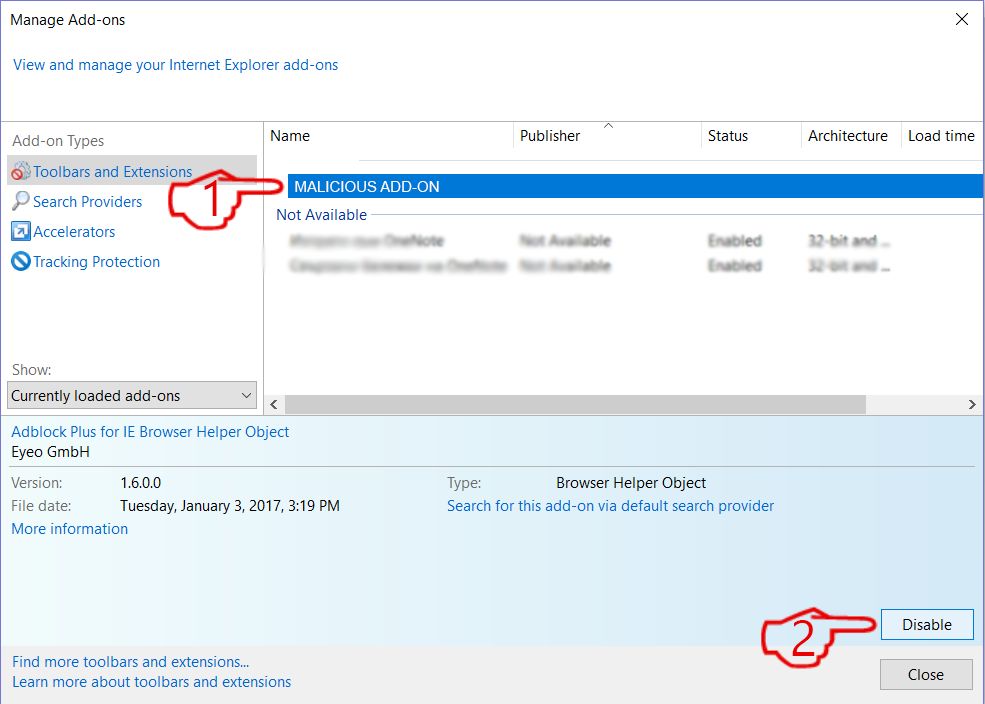
Step 5: After the unwanted extension has been removed, restart Internet Explorer by closing it from the red 'X' button located at the top right corner and start it again.
Remove Push Notifications from Your Browsers
Turn Off Push Notifications from Google Chrome
To disable any Push Notices from Google Chrome browser, please follow the steps below:
Step 1: Go to Settings in Chrome.
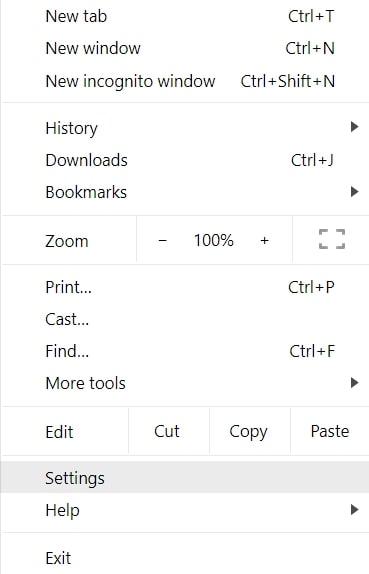
Step 2: In Settings, select “Advanced Settings”:
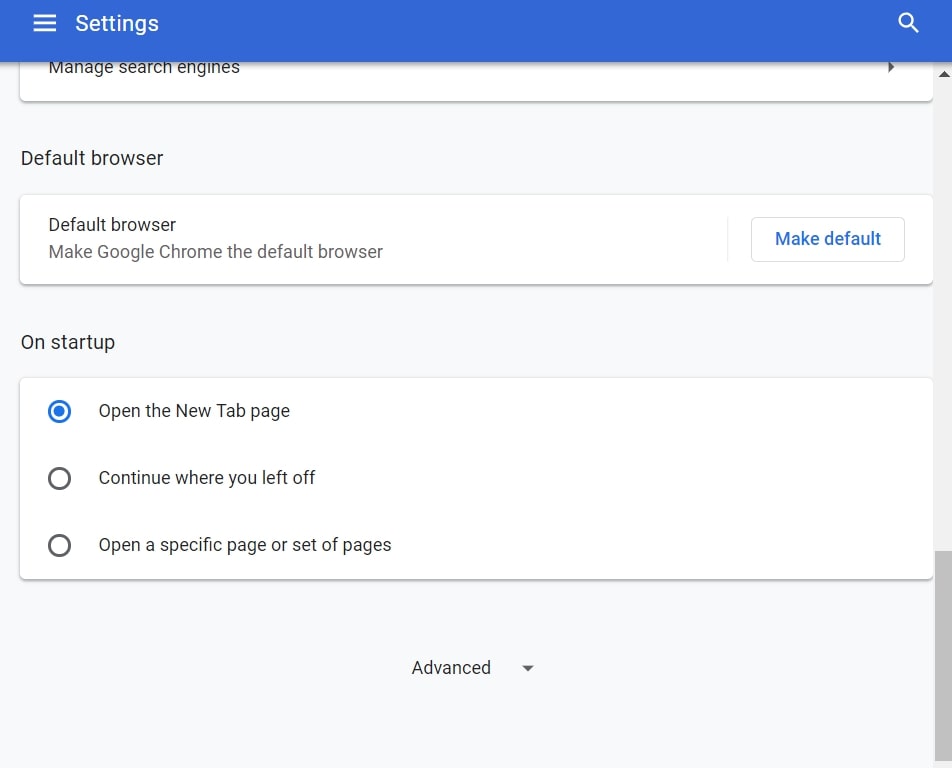
Step 3: Click “Content Settings”:
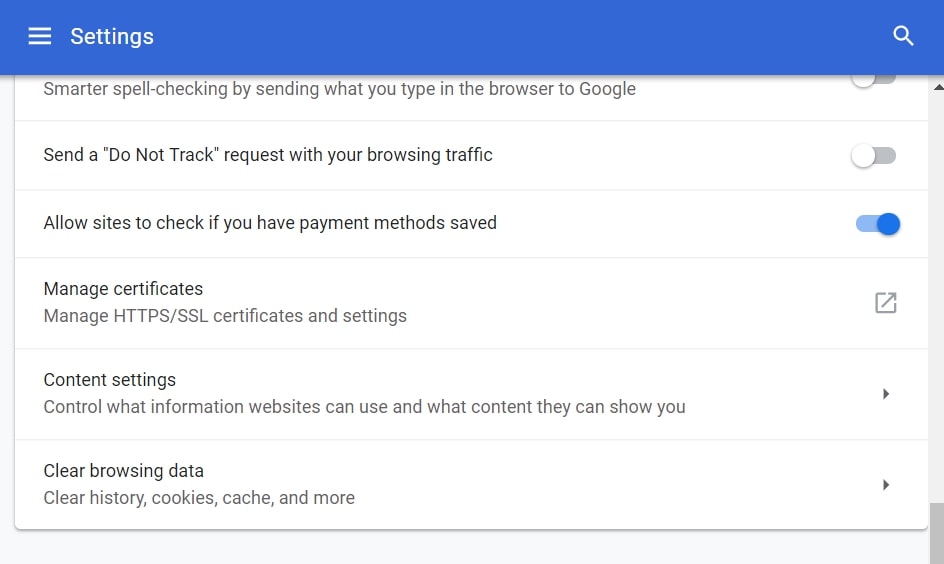
Step 4: Open “Notifications”:
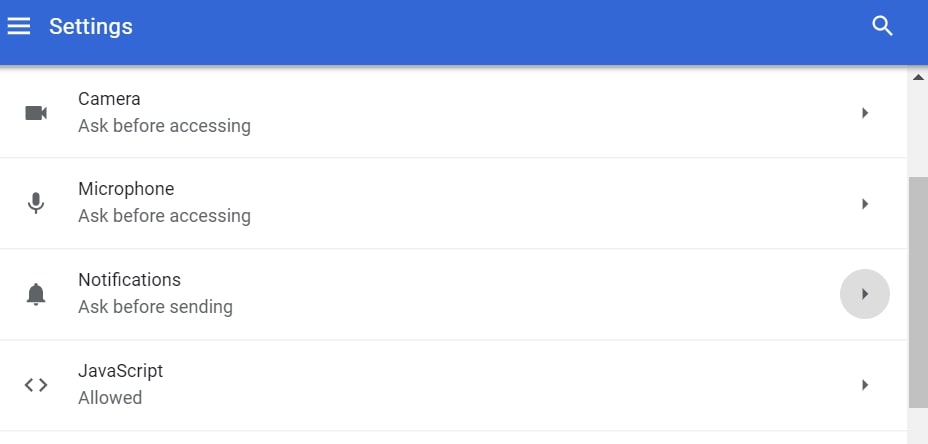
Step 5: Click the three dots and choose Block, Edit or Remove options:

Remove Push Notifications on Firefox
Step 1: Go to Firefox Options.
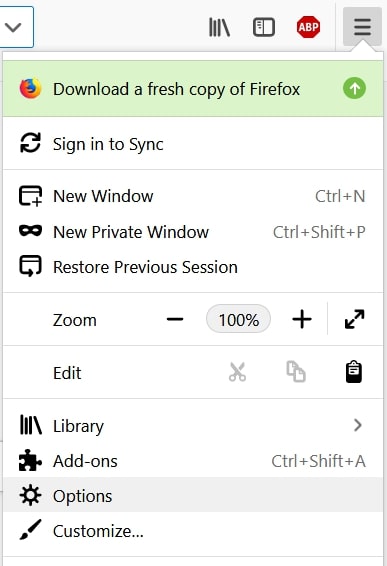
Step 2: Go to “Settings”, type “notifications” in the search bar and click "Settings":
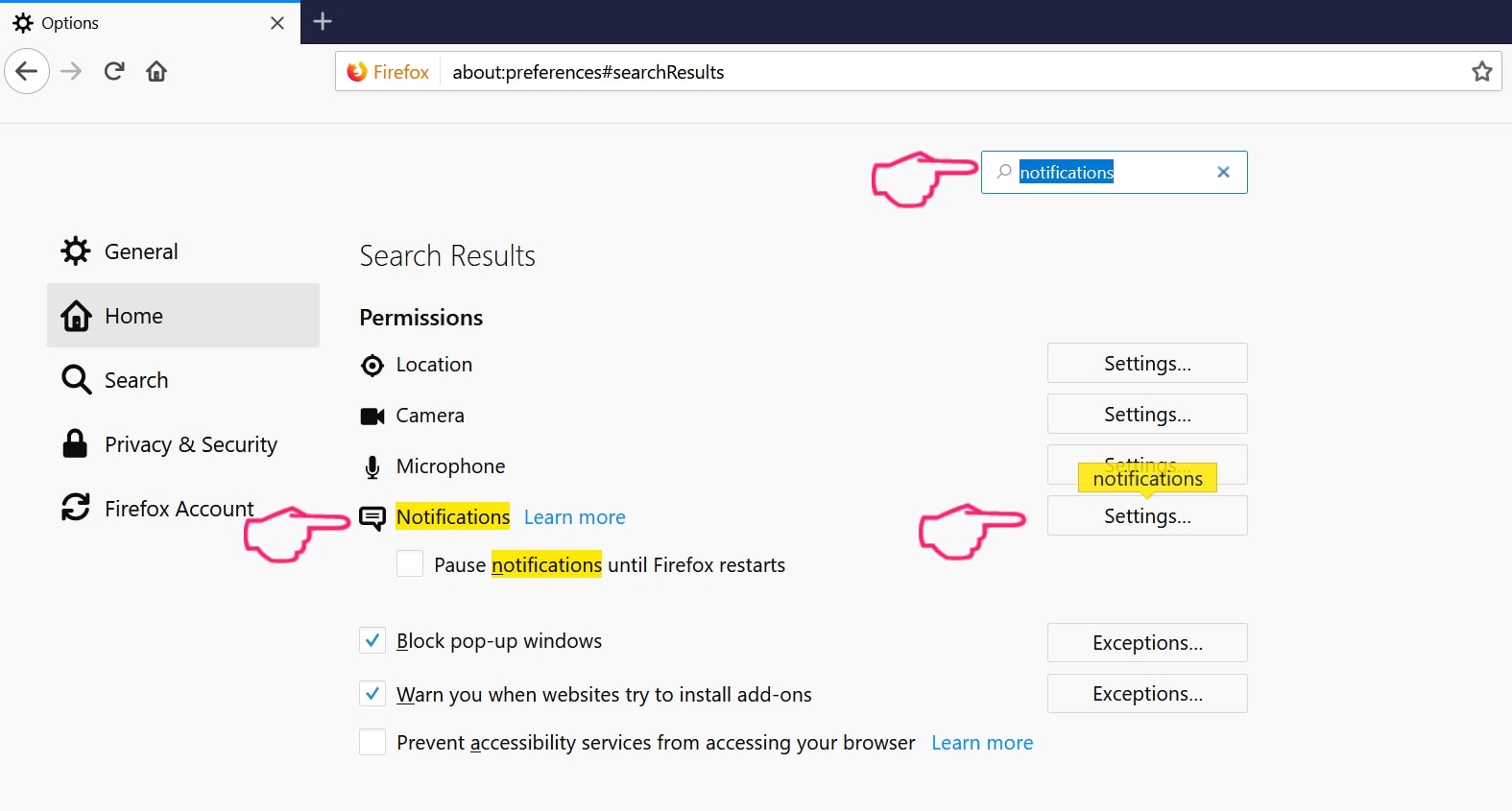
Step 3: Click “Remove” on any site you wish notifications gone and click “Save Changes”
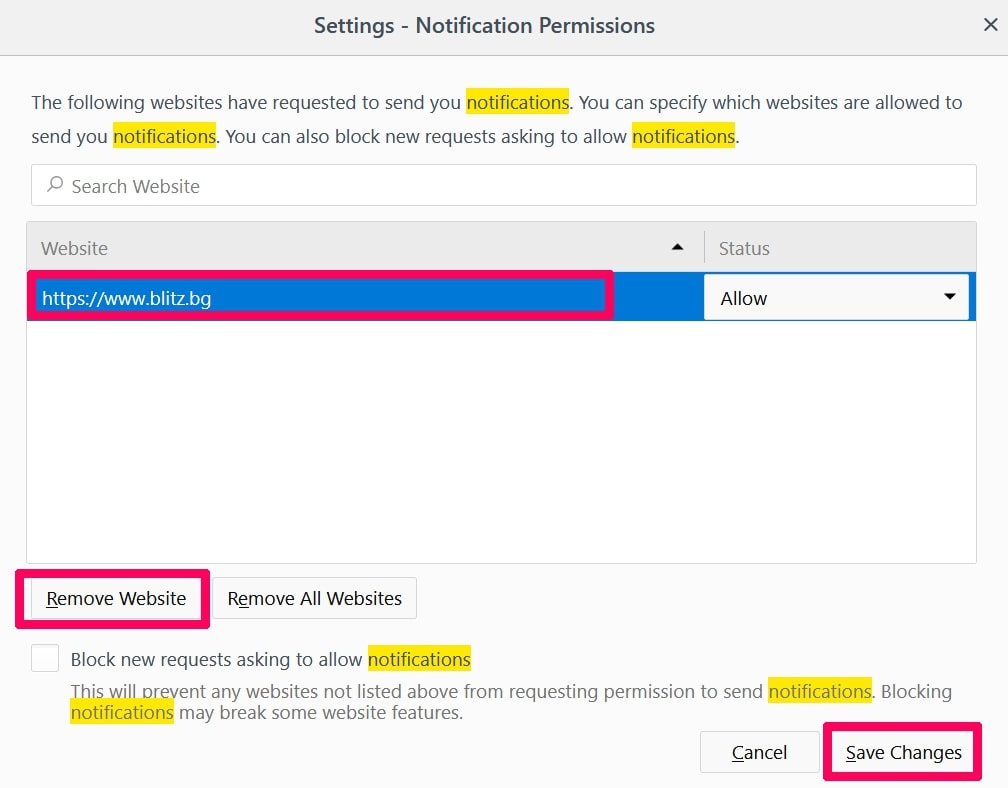
Stop Push Notifications on Opera
Step 1: In Opera, press ALT+P to go to Settings.

Step 2: In Setting search, type “Content” to go to Content Settings.
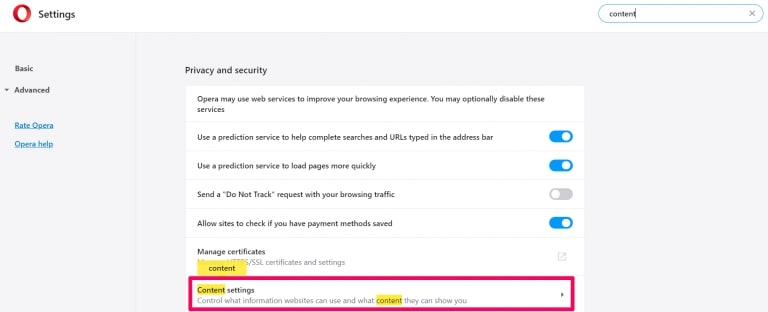
Step 3: Open Notifications:
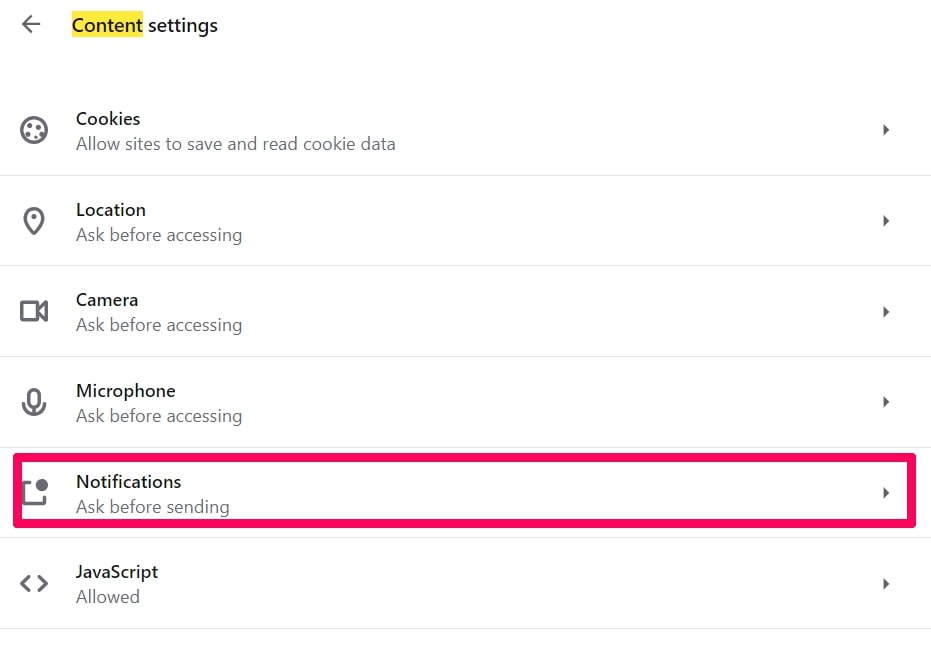
Step 4: Do the same as you did with Google Chrome (explained below):
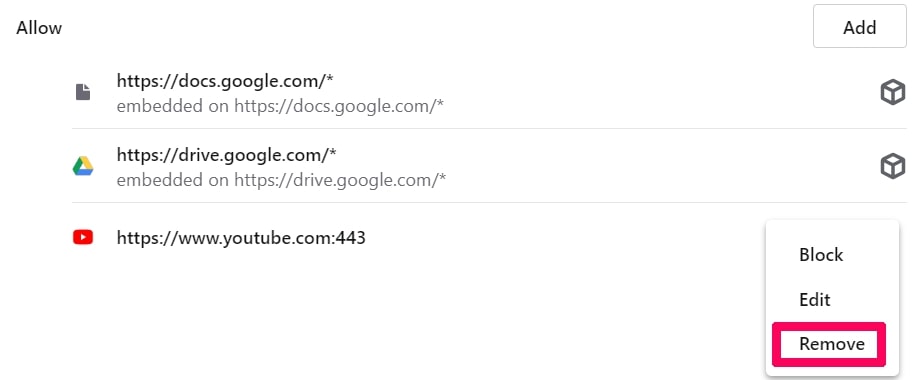
Eliminate Push Notifications on Safari
Step 1: Open Safari Preferences.
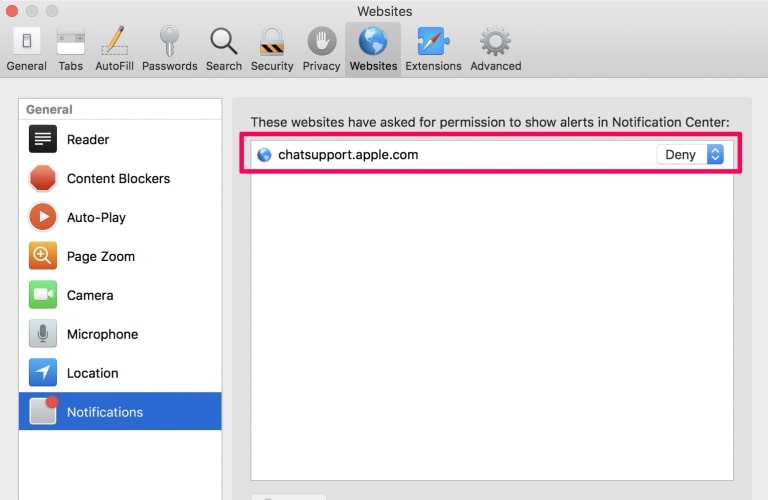
Step 2: Choose the domain from where you like push pop-ups gone and change to "Deny" from "Allow".
SecureWebBHO-FAQ
What Is SecureWebBHO?
The SecureWebBHO threat is adware or browser redirect virus.
It may slow your computer down significantly and display advertisements. The main idea is for your information to likely get stolen or more ads to appear on your device.
The creators of such unwanted apps work with pay-per-click schemes to get your computer to visit risky or different types of websites that may generate them funds. This is why they do not even care what types of websites show up on the ads. This makes their unwanted software indirectly risky for your OS.
What Are the Symptoms of SecureWebBHO?
There are several symptoms to look for when this particular threat and also unwanted apps in general are active:
Symptom #1: Your computer may become slow and have poor performance in general.
Symptom #2: You have toolbars, add-ons or extensions on your web browsers that you don't remember adding.
Symptom #3: You see all types of ads, like ad-supported search results, pop-ups and redirects to randomly appear.
Symptom #4: You see installed apps on your Mac running automatically and you do not remember installing them.
Symptom #5: You see suspicious processes running in your Task Manager.
If you see one or more of those symptoms, then security experts recommend that you check your computer for viruses.
What Types of Unwanted Programs Are There?
According to most malware researchers and cyber-security experts, the threats that can currently affect your device can be rogue antivirus software, adware, browser hijackers, clickers, fake optimizers and any forms of PUPs.
What to Do If I Have a "virus" like SecureWebBHO?
With few simple actions. First and foremost, it is imperative that you follow these steps:
Step 1: Find a safe computer and connect it to another network, not the one that your Mac was infected in.
Step 2: Change all of your passwords, starting from your email passwords.
Step 3: Enable two-factor authentication for protection of your important accounts.
Step 4: Call your bank to change your credit card details (secret code, etc.) if you have saved your credit card for online shopping or have done online activities with your card.
Step 5: Make sure to call your ISP (Internet provider or carrier) and ask them to change your IP address.
Step 6: Change your Wi-Fi password.
Step 7: (Optional): Make sure to scan all of the devices connected to your network for viruses and repeat these steps for them if they are affected.
Step 8: Install anti-malware software with real-time protection on every device you have.
Step 9: Try not to download software from sites you know nothing about and stay away from low-reputation websites in general.
If you follow these recommendations, your network and all devices will become significantly more secure against any threats or information invasive software and be virus free and protected in the future too.
How Does SecureWebBHO Work?
Once installed, SecureWebBHO can collect data using trackers. This data is about your web browsing habits, such as the websites you visit and the search terms you use. It is then used to target you with ads or to sell your information to third parties.
SecureWebBHO can also download other malicious software onto your computer, such as viruses and spyware, which can be used to steal your personal information and show risky ads, that may redirect to virus sites or scams.
Is SecureWebBHO Malware?
The truth is that PUPs (adware, browser hijackers) are not viruses, but may be just as dangerous since they may show you and redirect you to malware websites and scam pages.
Many security experts classify potentially unwanted programs as malware. This is because of the unwanted effects that PUPs can cause, such as displaying intrusive ads and collecting user data without the user’s knowledge or consent.
About the SecureWebBHO Research
The content we publish on SensorsTechForum.com, this SecureWebBHO how-to removal guide included, is the outcome of extensive research, hard work and our team’s devotion to help you remove the specific, adware-related problem, and restore your browser and computer system.
How did we conduct the research on SecureWebBHO?
Please note that our research is based on independent investigation. We are in contact with independent security researchers, thanks to which we receive daily updates on the latest malware, adware, and browser hijacker definitions.
Furthermore, the research behind the SecureWebBHO threat is backed with VirusTotal.
To better understand this online threat, please refer to the following articles which provide knowledgeable details.




